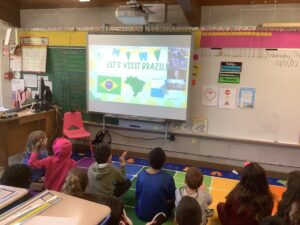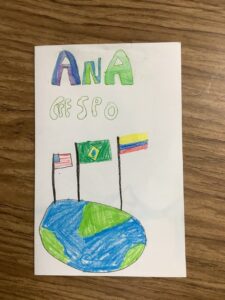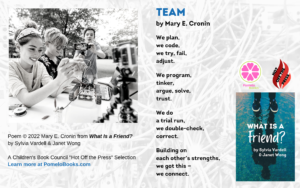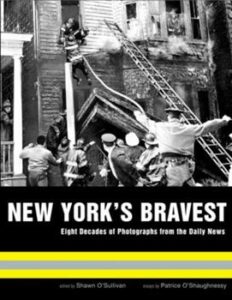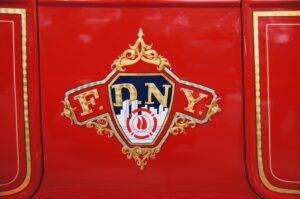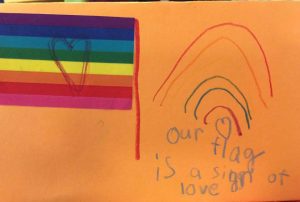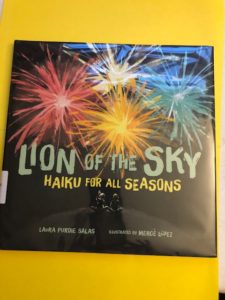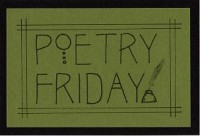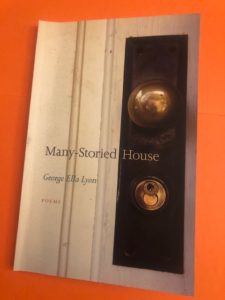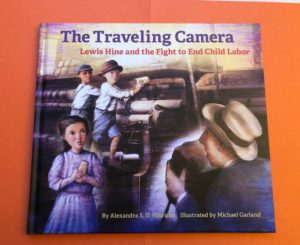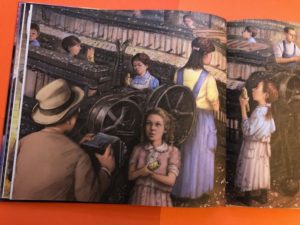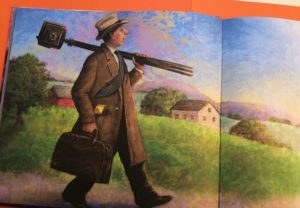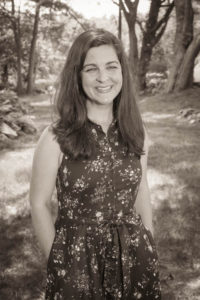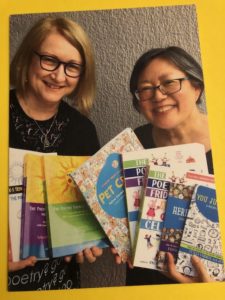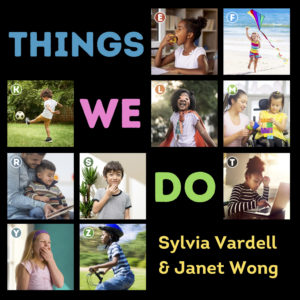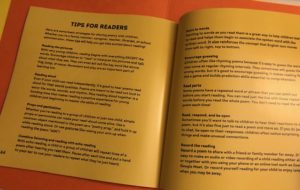When author Ana Crespo made an author visit via Zoom to the school where I work as a Literacy Coach on Cape Cod, the joy in classrooms was palpable. Most children in our K-3 school had never met an author before, and they were excited to meet Ana.
Crespo, a native of Brazil who lives in Colorado, is the author of several picture books, including The Sock Thief, Hello, Tree, and Lia and Luis: Who Has More? She made four presentations over the course of two days, presenting individually to each grade level at the M.E. Small School.
Crespo’s author visit was provided by SCBWI’s Amber Brown Grant, which funds author visits to deserving schools. In my application for the grant, I wrote of the M.E. Small School, “The students at M.E. Small are an enthusiastic bunch. Give them a rich and layered read-aloud experience, and they hang on every page turn. Give them a place to dance, and they dance their hearts out. Provide them with art materials and their creations burst with color. They are ‘all in,’ ready to embrace any new experience given to them.”
More than half of the students at M.E. Small School are English Language Learners, and a significant portion of those students are from Portuguese-speaking Brazilian families. That’s what made Ana’s visit so special. An author of more than seven books for young readers, she began to learn English at the age of 12. She was an embodiment of Rudine Sims Bishop’s windows and mirrors for our students at M.E. Small. Crespo personalized her presentation to each grade, greeting students in Portuguese and calling out special details about children in each grade level.
“I loved your book,” one student named Laura wrote to Crespo after the presentation. “I’m Brasilian too. I read Lia and Luis. Me and my brother are just like them. Obrigado.”
Another student named Cyrus wrote, “Thank you for teaching us a little bit about you and Brazil! I love your books!”
Funding from the Amber Brown Grant allowed each classroom in the school to receive a copy of two of Crespo’s books, The Sock Thief and Lia and Luis: Who Has More? I want to give a special shout-out to SCBWI’s Kim Turrisi, who coordinated all aspects of the grant and made the process so smooth! The impact of the grant goes much deeper than one day’s joy, however. When I think about our young students, I believe the ripples of Ana’s visit will be felt for years to come.

